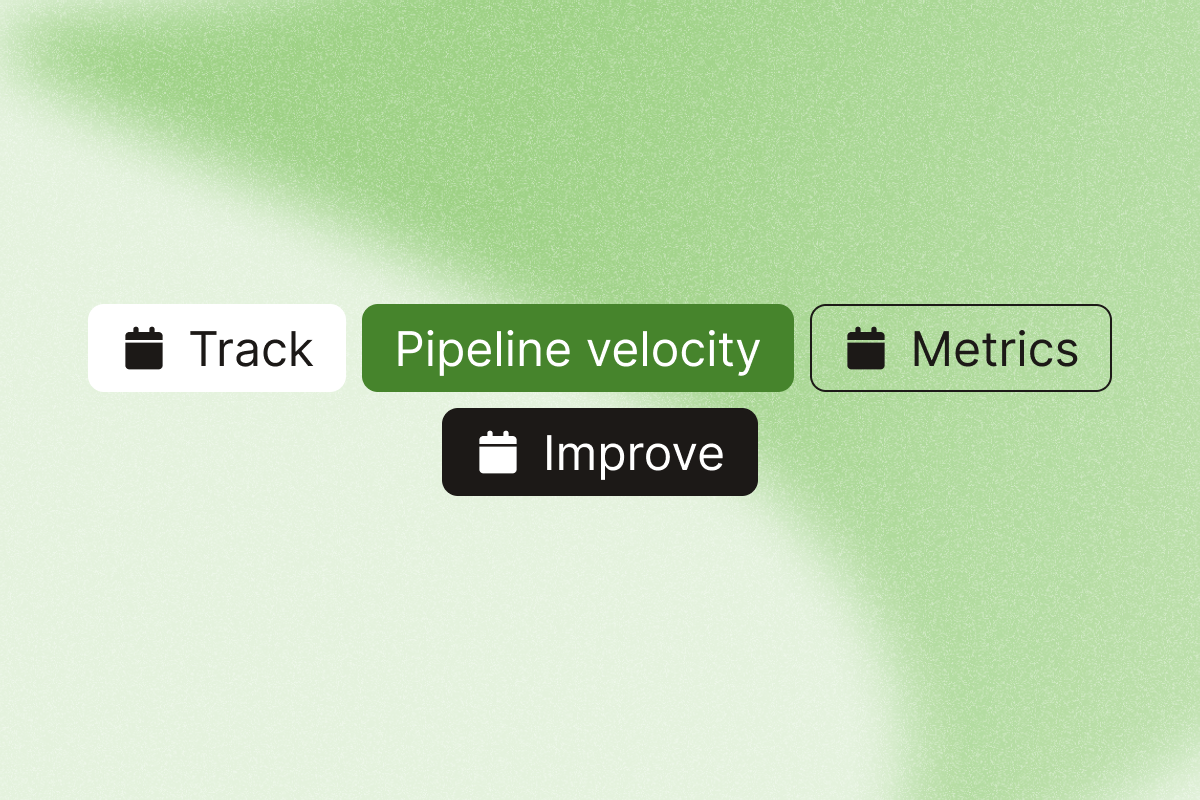Pipeline velocity shows how quickly leads move through your sales process. A slow pipeline means deals get stuck, while a fast one helps you close more in less time.
This guide covers how to calculate pipeline velocity, why it matters for generating leads, and practical ways to improve it.
AI highlights
- Pipeline velocity measures how fast deals move from initial contact to closed-won. A high velocity means a smooth sales process; a low one signals bottlenecks.
- Faster pipeline velocity leads to more revenue, better forecasting, and higher productivity. Shortening sales cycles and improving lead quality are key.
- Pipeline velocity formula = (Number of opportunities × Average deal size × Win rate) ÷ Sales cycle length
- Sales teams can speed up pipeline velocity by focusing on engaged leads who show buying signals, automating outreach and follow-ups, using AI for lead scoring and data enrichment, and keeping their pipeline clean with regular updates.
| Tactic | Description | Top Tip |
| Extract leads showing intent | Identify engaged prospects who attend industry events or interact with relevant content. | Use the LinkedIn Event Guests Export automation to collect an event’s attendee data. |
| Leverage lead magnets | Offer valuable resources (e.g., guides, checklists) to attract high-quality leads. | Use surveys and check forums to spot your audience’s main issues and address them in your content. |
| Use an AI chatbot | Convert website visitors into leads by engaging them instantly. | Place chatbots on pricing or demo pages for higher conversions. |
| Keep your sales pipeline clean | Remove stalled deals and update lead data to keep your pipeline moving. | Use AI sales assistants to refresh contact details and flag inactive leads. |
| Qualify your leads using AI | Score leads based on job title, company, and engagement to prioritize them for outreach. | Use the AI LinkedIn Profile Enricher automation to rank leads based on their LinkedIn profile and activity. |
| Personalize your outreach | Send tailored messages based on a prospect’s profile and activity. | Use the AI LinkedIn Message Writer automation for fast, personalized outreach. |
| Automate your sales cycle | Speed up follow-ups, CRM updates, and lead management with automation. | Leverage CRM automation, lead enrichment, and messaging tools. |
What is pipeline velocity?
Pipeline velocity refers to the speed at which leads move through your sales pipeline and become paying customers.
In simple terms, it measures how quickly deals progress from initial contact to closed-won.
Why is pipeline velocity important for the sales process?
A high pipeline velocity means deals move fast, close efficiently, and drive better sales performance, while a low one signals bottlenecks, slow decisions, or unqualified leads.
Here’s why sales teams should prioritize pipeline velocity:
- More revenue in less time: Faster-moving deals mean hitting revenue targets quicker.
- Better sales forecasting: Knowing how quickly deals close helps with revenue predictions.
- Higher sales productivity: Reps spend less time on stalled deals and more time selling.
- Shorter sales cycles: Reducing friction speeds up the buying process.
- Better cash flow: Faster deal closure means revenue comes in sooner.
How to calculate pipeline velocity?
The formula for pipeline velocity is:
Pipeline velocity = (Number of opportunities × Average deal size/value × Win rate) ÷ Sales cycle length
Let’s break it down first, and then we’ll share an example:
- Number of opportunities: Total number of active deals in your pipeline.
- Average deal value/size: The typical revenue per closed deal.
- Win rate: Percentage of leads that convert into customers.
- Sales cycle length: The average number of days it takes to close a deal.

So, for example, let’s say:
- You have 50 active deals in your pipeline.
- Your average deal size is $5,000.
- Your win rate is 20%.
- Your average sales cycle length is 30 days.
Pipeline velocity = (50 × 5000 × 0.2) ÷ 30 = $16,667 per day
This means your pipeline is generating $16,667 per day in potential revenue.
Now, let’s see how sales reps can optimize that number.
How can sales teams improve pipeline velocity?
A slow pipeline means stalled deals, wasted effort, and missed revenue. To keep things moving, you need better lead quality, automation, and a structured sales process.
Here’s how to improve sales pipeline velocity and boost sales and marketing efforts.
Extract high-quality leads showing intent
The best prospects are the ones already engaged by attending industry events, interacting with your content, or searching for solutions like yours.
We recommend using PhantomBuster’s LinkedIn Event Guests Export to collect attendees from webinars, trade shows, and networking events on LinkedIn.
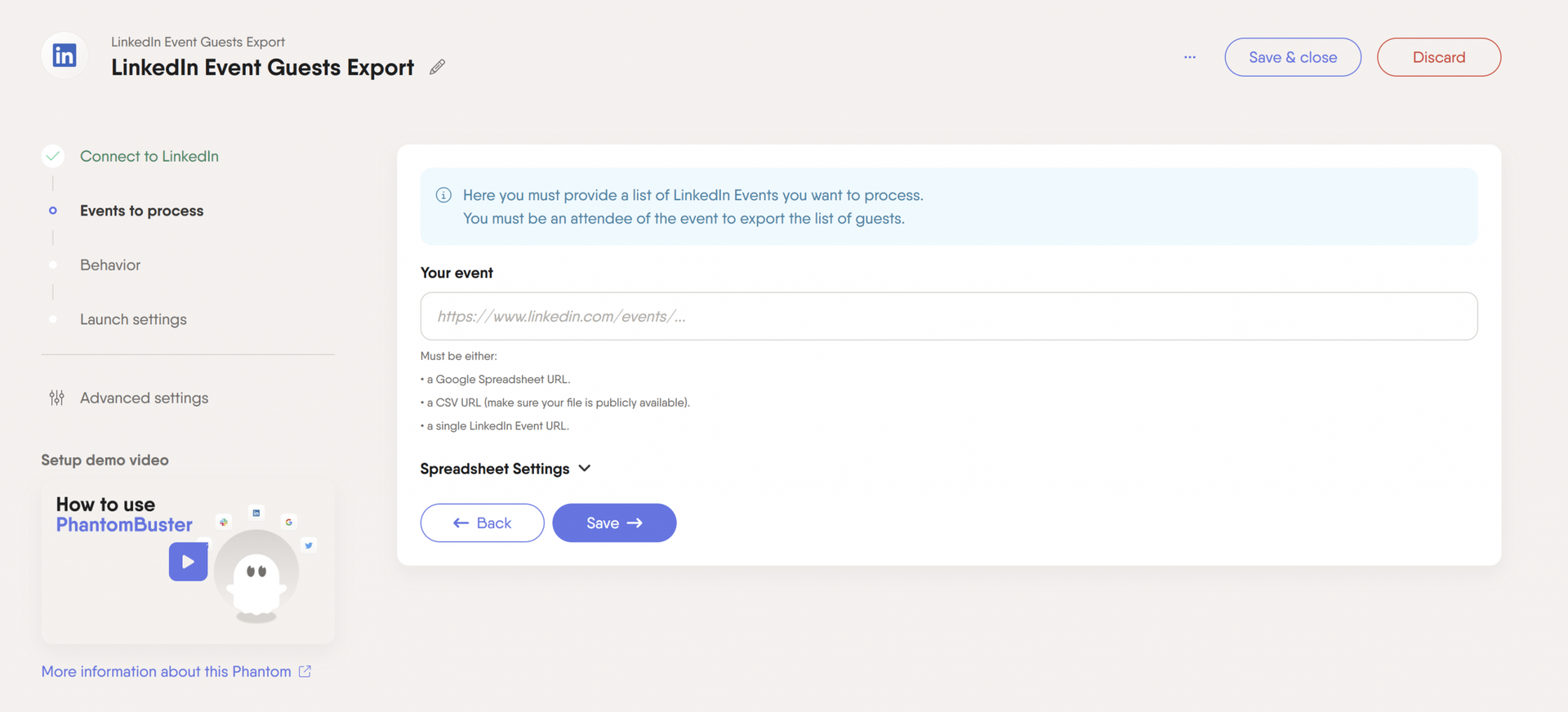
💡 Tip: Once you have this data, run the LinkedIn Profile Scraper automation to enrich lead profiles, then export them to your CRM for targeted outreach.
Leverage lead magnets to boost lead generation
A lead magnet is a valuable resource that you offer in exchange for contact information. It helps you attract and filter potential customers.
Start by figuring out what your audience cares about—use surveys, check forums, or look at feedback to spot their main issues. Then, pick the best format for them, like eBooks or checklists.
Make your content clear and focused on solving their problems. As Lisa Klein highlights in this LinkedIn post, you should focus on creating clear, compelling, concise, and consumable content that appeals to your audience.
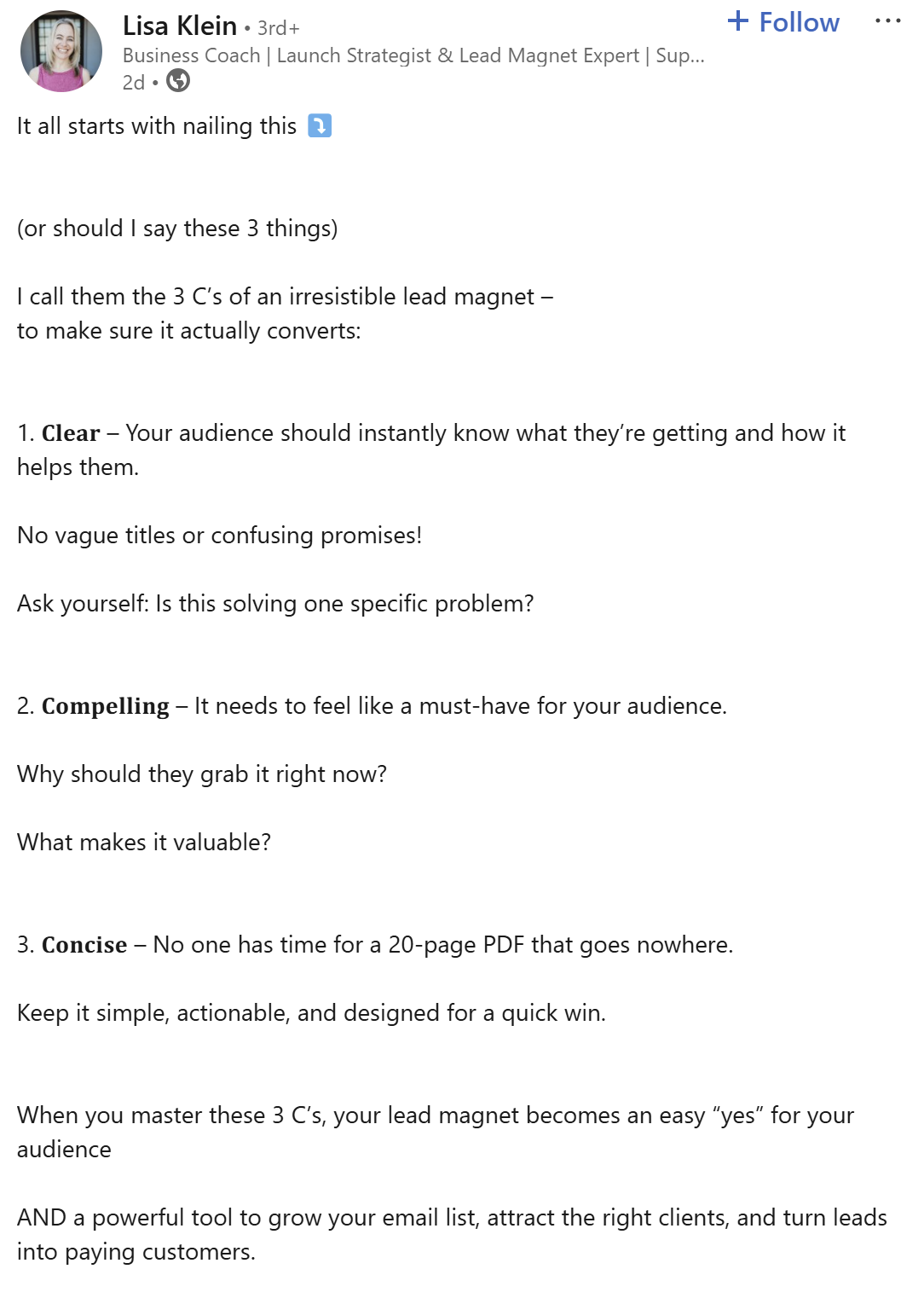
💡 Tip: Once you have your content, promote it with an effective landing page and share it on social media and your website.
Use an AI chatbot to turn your website visitors into qualified leads
Most website visitors leave without taking action—not because they’re not interested, but because no one reaches out at the right time.
An AI chatbot changes that. It starts real conversations, asks the right questions, and qualifies leads. No more waiting for prospects to fill out a form and hoping they respond later.
The chatbot captures contact details, qualifies high-intent leads, and books meetings automatically.
Try using tools like Drift, Intercom, or HubSpot to ensure no potential customer slips through the cracks.
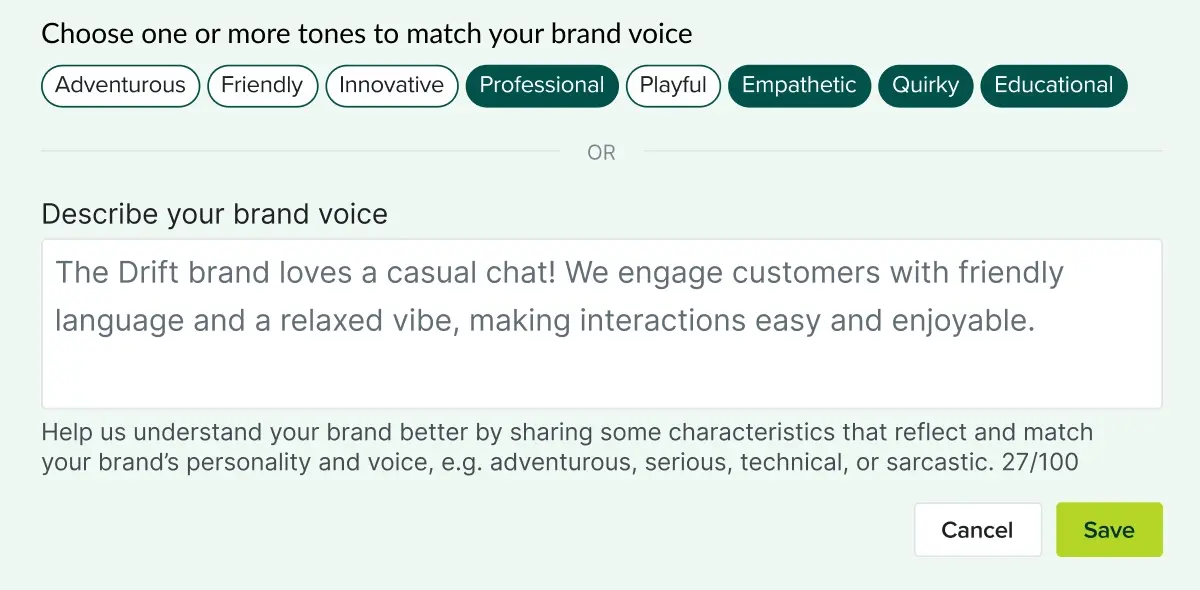
💡 Tip: Place chatbots on high-intent pages like pricing or demo requests to engage prospects when they’re ready to talk.
Keep your sales pipeline actionable and clean
A messy sales pipeline slows everything down. Outdated contacts and stalled deals waste reps’ time on dead leads instead of real opportunities.
AI sales assistants keep data fresh by updating contacts, flagging inactive deals, and suggesting follow-ups.
For example, Scratchpad’s AI pulls key details from sales calls and auto-fills Salesforce fields. It reduces manual entry, minimizes errors, and keeps your pipeline accurate with no extra effort.
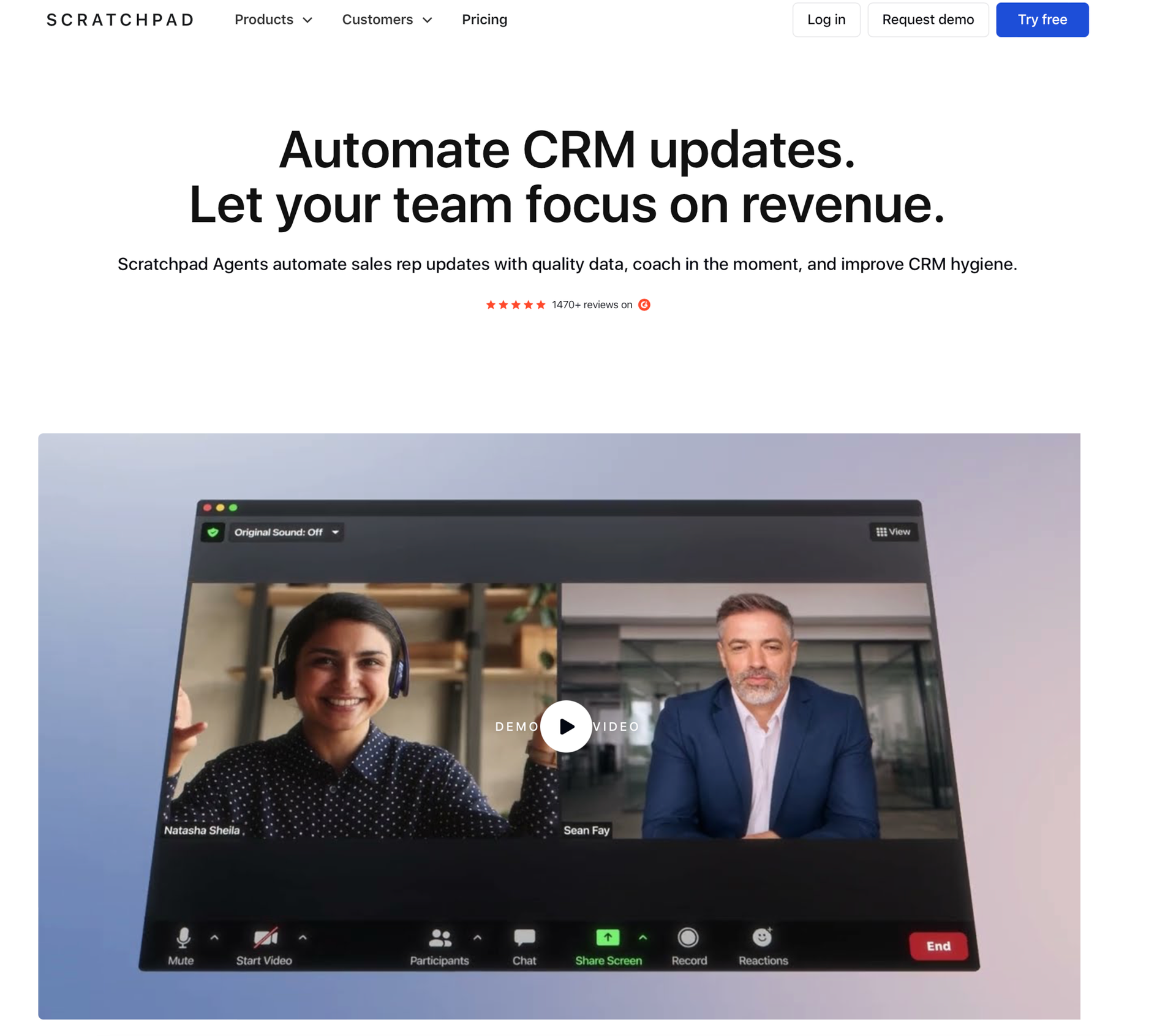
💡Tip: Set up AI alerts for inactive deals so you can decide whether to re-engage or move on without clogging your pipeline.
Qualify and prioritize your leads using AI
Some leads are ready to buy, while others are just browsing. So, the challenge is quickly figuring out which ones are worth your time and focusing on them. That’s where AI-powered lead scoring comes in.
Instead of manually sorting through prospects, tools like PhantomBuster’s AI LinkedIn Profile Enricher pull key details from LinkedIn and score leads based on job title, company, and engagement.
You’ll be able to instantly identify high-priority leads, boosting your close rates and customer lifetime value.
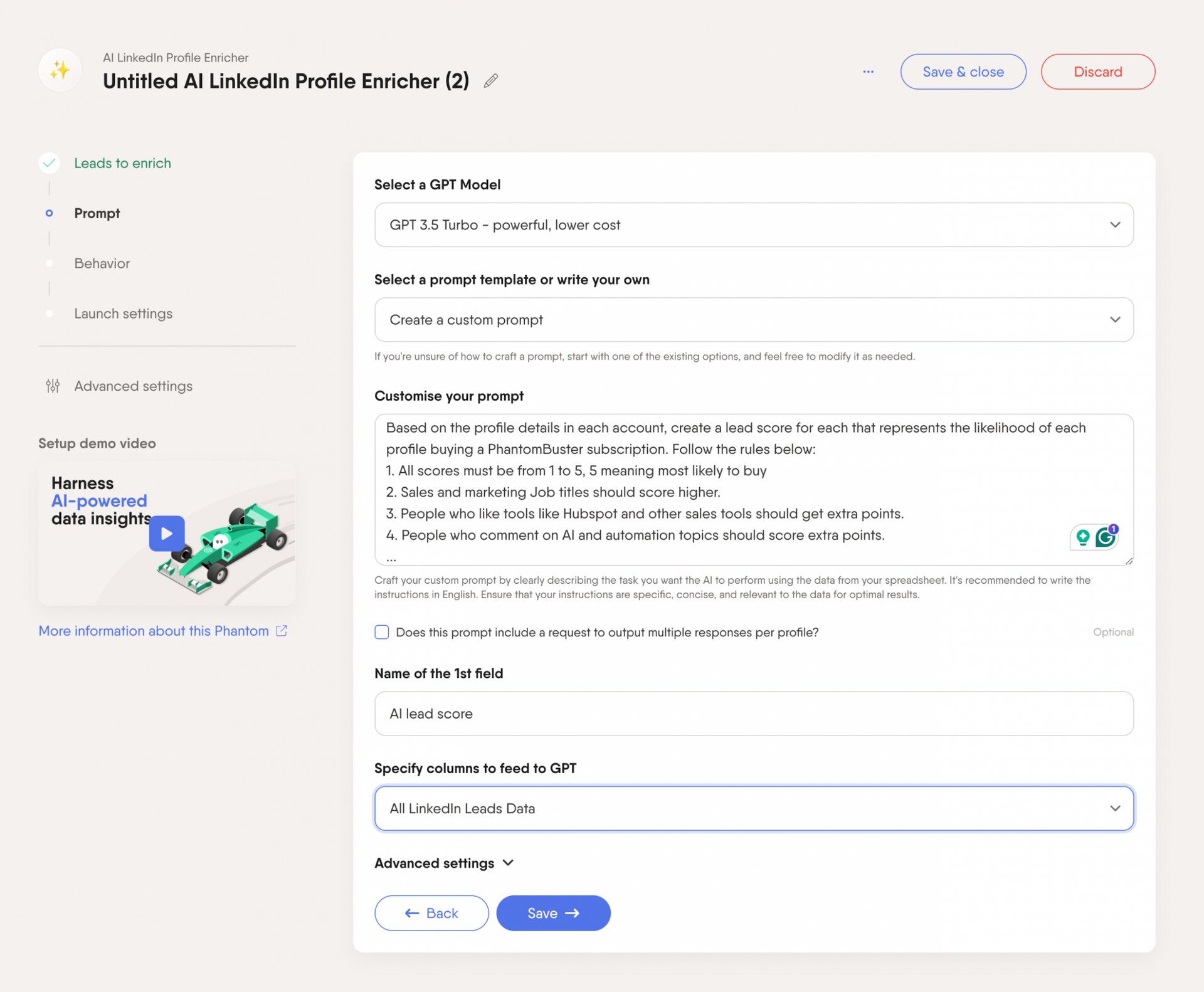
A well-defined lead scoring system means top prospects get immediate outreach, while lower-priority ones enter nurture sequences. You’ll get a pipeline that moves faster and closes more deals.
💡Tip: Customize your scoring criteria to match your ICP and assign higher scores to decision-makers, active LinkedIn users, or people working at high-value companies.
Craft personalized messages for better sales outreach
Generic LinkedIn messages get ignored. That’s why personalization works, but crafting each message manually takes too long and isn’t scalable.
That’s where PhantomBuster’s AI LinkedIn Message Writer comes in. It generates personalized LinkedIn messages in seconds, using data from each prospect’s profile or recent activity.
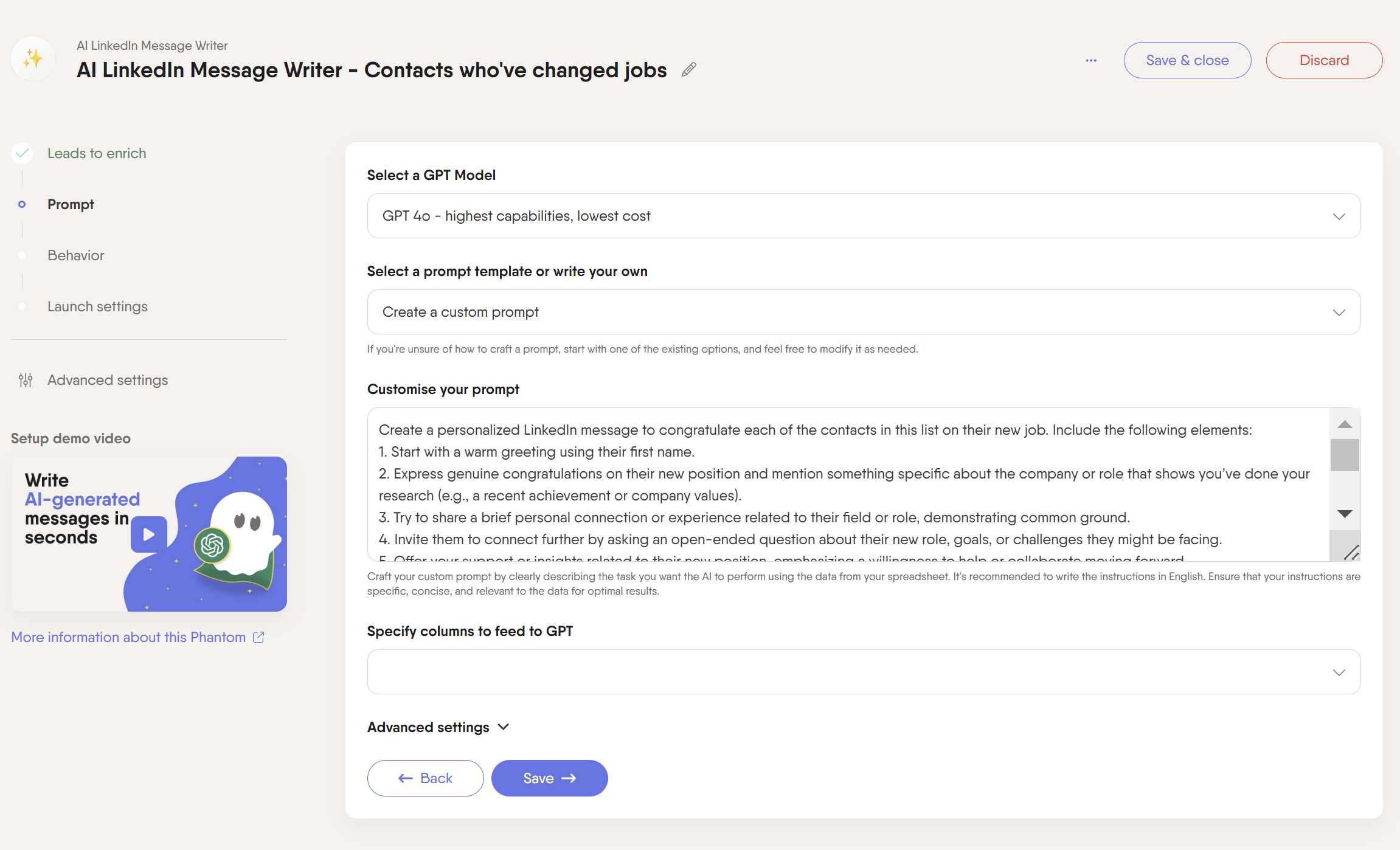
Instead of sending the same generic pitch, you can craft messages that feel natural, relevant, and engaging. For example, let’s say you want to reach out to people who recently changed jobs.
You can use this prompt:
“Hey [First Name], congrats on your new role at [Company]! I saw that your team is growing—if you’re looking for ways to [Solve a relevant challenge], I’d love to share some insights. Let’s connect!”
This makes your outreach feel like a real conversation, not a sales pitch.
💡 Tip: Always add a human touch to your messages. Even with AI, tweak messages to match your voice and avoid sounding robotic. A little effort goes a long way in making a message feel personal.
Automate your sales cycle to increase pipeline velocity
Sales teams lose valuable time on repetitive tasks—manual follow-ups, CRM updates, or lead assignments.
That’s time that could be spent closing deals. Automation speeds the sales process by handling these processes instantly, keeping leads moving without delays.
As highlighted in this LinkedIn post from Amr Nashaat, automation cuts response time from hours to seconds, so follow-ups are always personalized and timely.
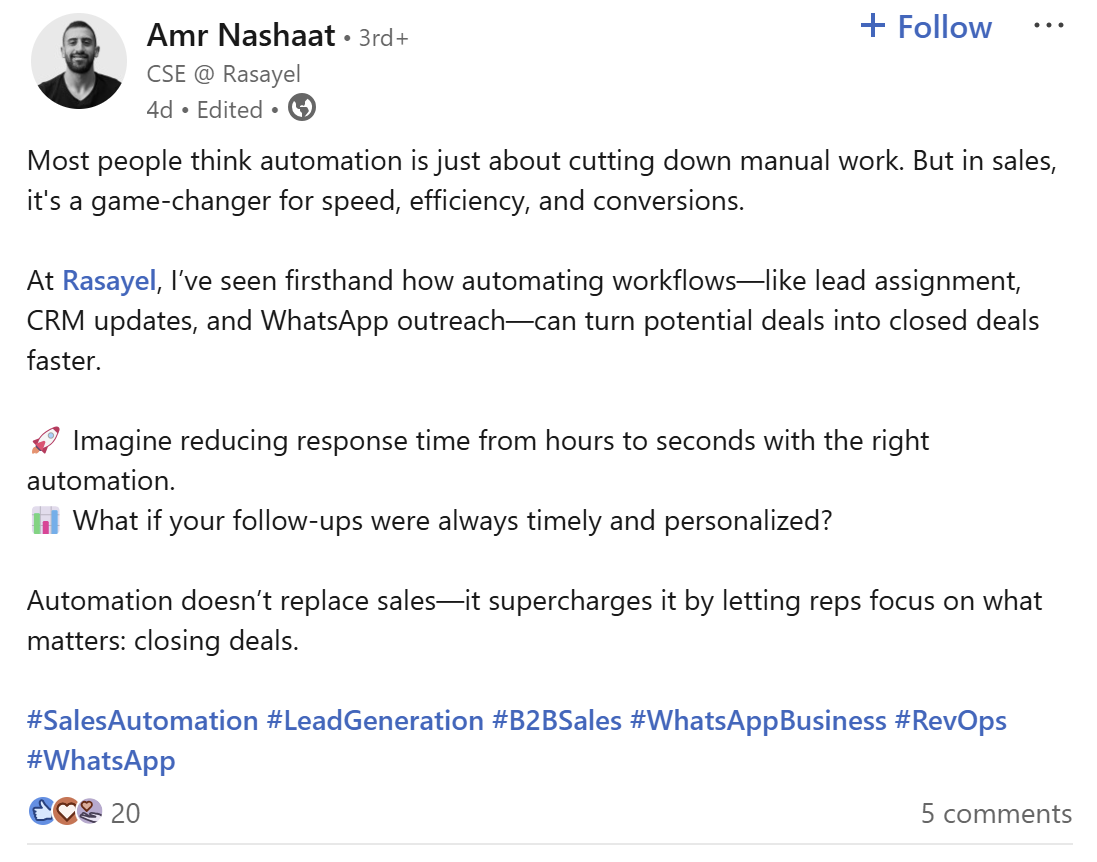
Instead of getting stuck in admin work, reps can focus on high-value conversations.
Here are some key automation tool types that can help sales reps:
- CRM automation tools: To manage data and trigger actions automatically.
- Lead enrichment tools: To keep prospect information up to date.
- Email and messaging automation tools: To send follow-ups at the right time effortlessly.
💡 Tip: Start small—automate one repetitive task (like CRM updates or follow-ups) and scale up as you see results.
Pipeline velocity FAQ
What is the difference between sales velocity and pipeline velocity?
Sales velocity and pipeline velocity mean the same thing—they both talk about how fast leads move through your sales process until they turn into closed deals.
What factors can negatively impact pipeline velocity?
Several factors can slow down your sales pipeline velocity:
- Poor lead qualification: Reps waste time on unqualified leads instead of valuable sales opportunities.
- Long sales cycles: Deals take too long to close, delaying revenue.
- Lack of automation: Manual tasks slow down follow-ups and lead nurturing.
- Marketing and sales misalignment: Leads fall through the cracks when teams aren’t on the same page.
- Stalled deals: Prospects get stuck with no clear next steps, clogging the pipeline.
- Inaccurate data: Outdated contact details and missing info make outreach ineffective.
Optimizing pipeline velocity should eliminate these bottlenecks and boost your sales efforts.
